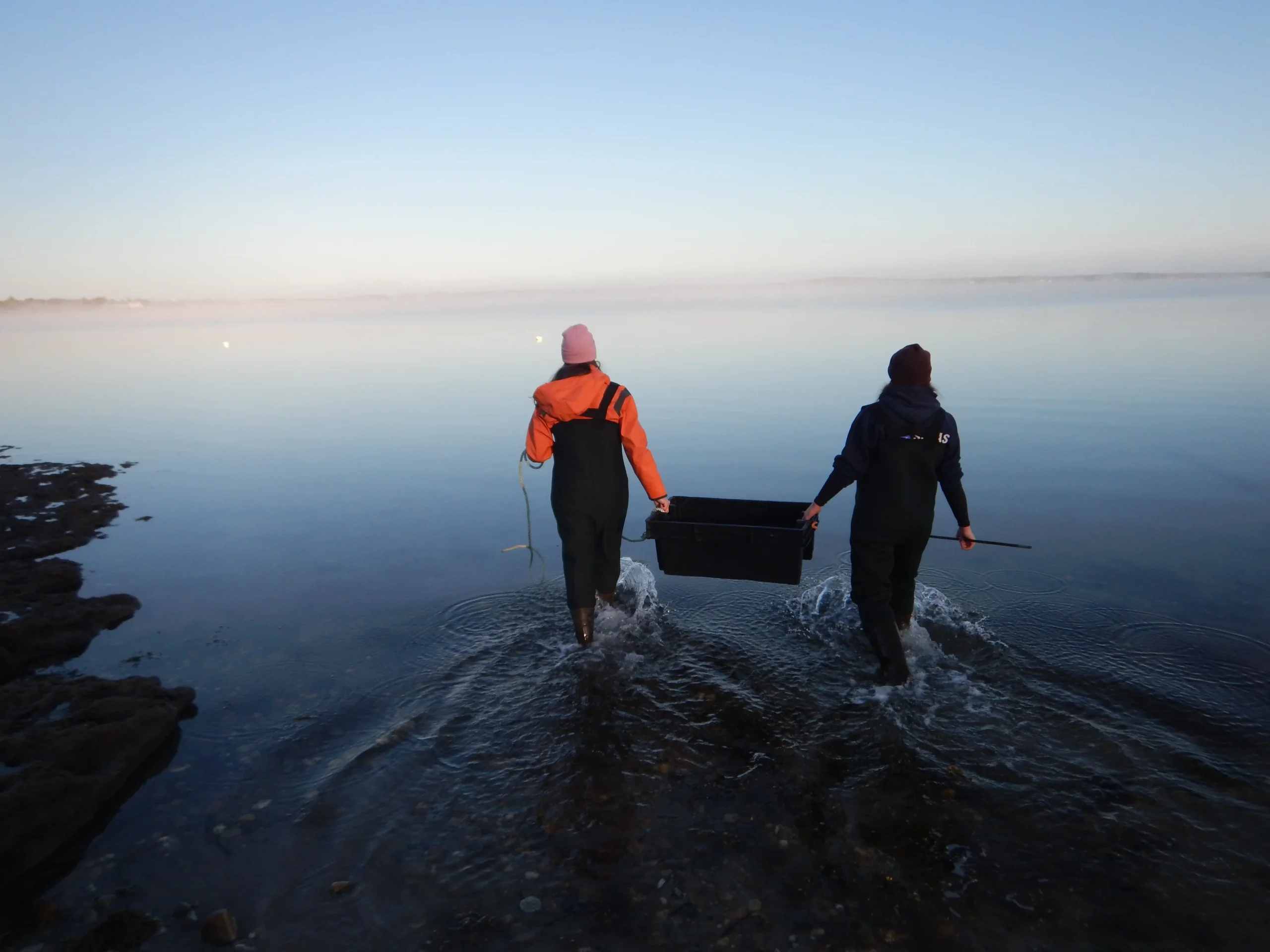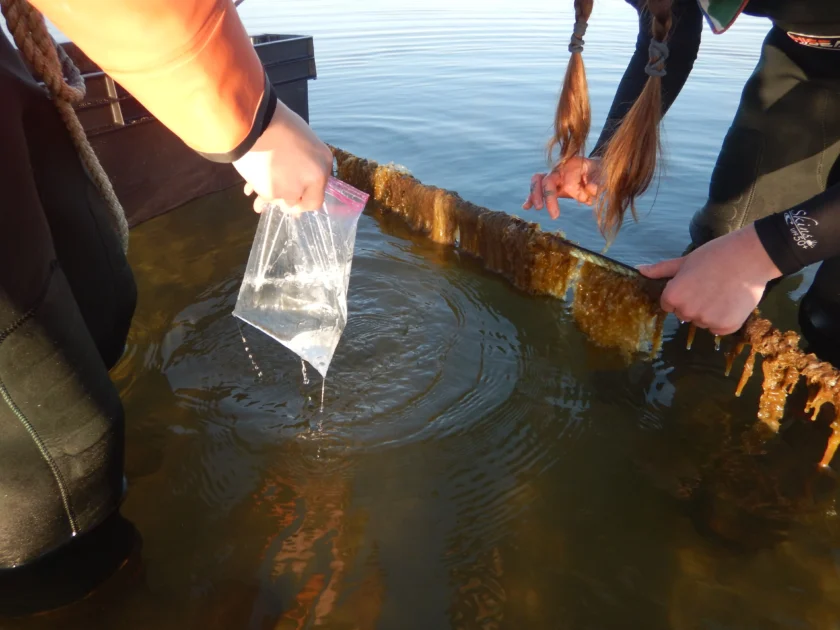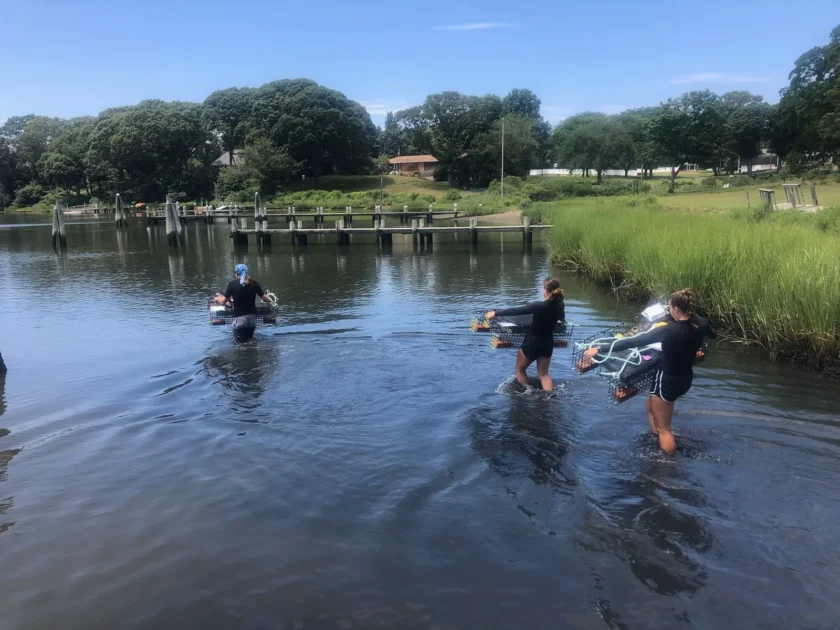Protecting & Restoring Long Island's Peconic Bays

Creating Habitat, Acidification reduction, Nitrogen bio-extraction, Guarding our shorelines, Erosion control, Sequestering carbon

The Peconic Estuary faces ecological challenges such as coastal resilience to storm events, sea level rise, excess nutrients leading to harmful algal blooms, and loss of habitat.
This project will utilize combinations of kelp, oysters, and seagrasses to tackle these issues.
the Peconic Estuary Partnership is supporting the research team at Stony Brook University to conduct a multi-faceted approach to address many of the issues in the Peconic Bays.

Sign up for News, Events and Information straight to your inbox.
